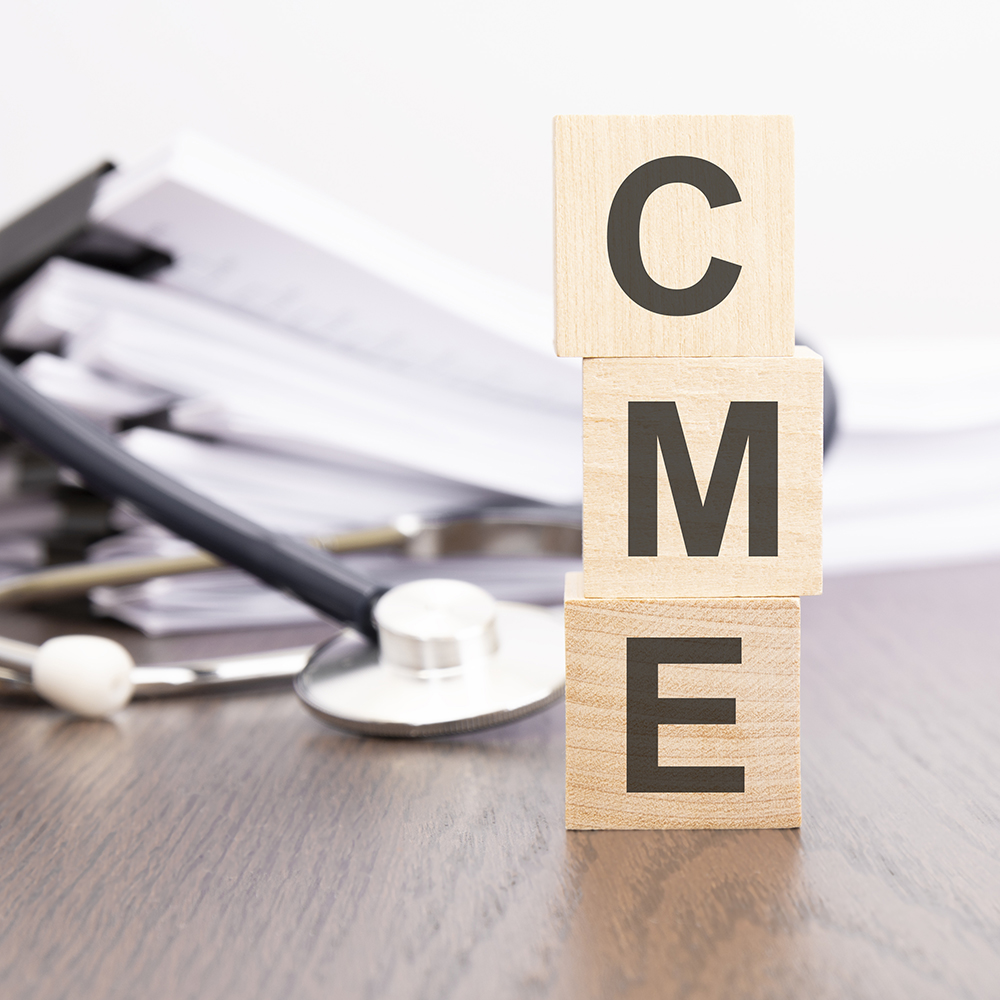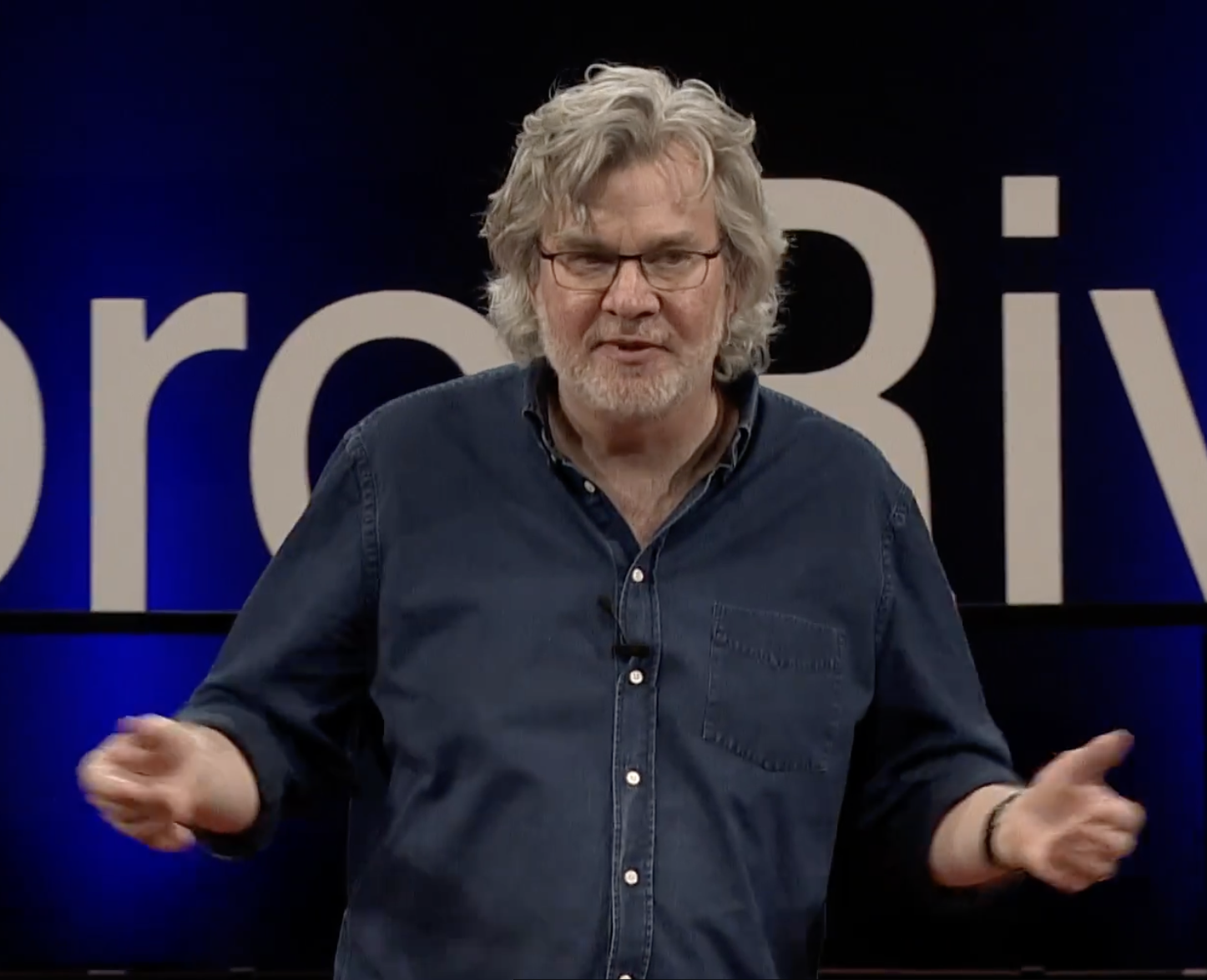For decades, continuing medical education (CME) has underpinned professional development in healthcare by ensuring that practitioners maintain current knowledge and skills throughout their careers.
These credits have traditionally focused on clinical updates—new surgical techniques, emerging pharmaceuticals, diagnostic advances, and treatment protocols—that keep providers current with medical science. But as the boundaries of what constitutes medical education expand, today’s healthcare environment has started to place more emphasis (and recognition) on professionals who demonstrate a broader range of expertise.
Chief among these emerging competencies is the ability to translate sophisticated medical knowledge into clear information for diverse audiences, from regulatory bodies and research institutions to patients and their families.
Examples include the family physician who can write patient education copy for a telehealth start-up, or the oncologist who translates trial data for investors, or a nurse practitioner whose experience with FDA documentation leads to a role in regulatory affairs. These professionals show how clinical experience, when combined with communication credentials, can open doors from hands-on patient care to wider healthcare influence. What’s more, the availability of CME credits for this sort of training validates it as a career trajectory affirms the idea that conveying medical information effectively is part of the core purpose of clinical practice—namely, improving patient outcomes.
Perhaps most important, CME-accredited communication training is helping to address healthcare’s equity challenges. With only 12 percent of Americans demonstrating proficient health literacy, the goal of making medical information accessible has today become more a matter of justice than a simple medical best practice. These programs teach professionals to recognize literacy gaps and take steps to make sure language or educational barriers don’t become barriers to care. They also give clinicians strategies for adapting materials to cultural contexts as healthcare systems increasingly serve populations that are multilingual and multicultural.
These initiatives matter even more given the evidence linking communication failures to medical errors and suboptimal outcomes. Studies show that up to 80 percent of serious medical errors involve miscommunication, while patients of physicians who communicate effectively exhibit 19 percent higher medication adherence. By offering CME-accredited training that tackles these challenges, institutions are improving healthcare delivery while also asserting their role as leaders in medical education.
Medicine for everyone
The University of Chicago’s CME accreditation of its Medical Writing and Editing, Regulatory Writing, and Healthcare Communications certificates reflects this shift by helping healthcare professionals keep up their credentials as they branch into new roles or go further in the paths they’re already on.
The accreditation extends across healthcare disciplines—physicians, nurses, pharmacists, physician assistants, and in some cases psychologists and international practitioners. These various areas of clinical expertise are all positioned for a range of roles in medical communication, like developing care protocols, writing patient education materials, or translating research for nonspecialist audiences. For some, these credentials might offer escape from burnout; for others, they might be a flexible side venture, a transition toward retirement, or a stepping stone to leadership roles in healthcare organizations. Whatever the motivation, the goal centers around helping patients better understand and engage with their care.
UChicago’s stackable certificate model adds flexibility to these career paths. Professionals can start with the foundational Medical Writing and Editing certificate and then add Regulatory Writing or Healthcare Communications as their interests evolve. In this way, they can customize their skill sets to match their goals. This sort of modular approach also lets learners earn CME credits incrementally as they expand their abilities across the spectrum of medical communication.
The partnership between the University of Chicago certificate programs and the CME office and the Biological Sciences Division shows how academic institutions can help address what healthcare needs now. By combining evidence-based curricula and rigorous assessments, this collaboration holds communication programs to the same standards as clinical offerings. It’s important to highlight as well—to dispel any ideas about these skills being ancillary or soft—that these courses are grounded in peer-reviewed research that links communication skills to links communication skills to tangible improvements in care, from increased treatment adherence to measurable reductions in sentinel events.
A new paradigm for professional development
The nurse who writes post-operative instructions, the pharmacist creating medication guides, or the physician assistant developing clinical trial consent forms—they are all continuing to serve patients, but now through words rather than direct care. CME accreditation gives life to this new vision of medical expertise. And the timing is crucial: as digital tools and AI remake healthcare, the human touch—reading between the lines, sensing what’s unsaid—matters more than ever.
What sets UChicago’s approach apart is how it unites academic rigor with real-world application. Led by professionals—like pioneer Barbara Gastel, recipient of the 2024 AMWA President’s Award—who bring their daily industry insights to the classroom, these programs focus on what actually works in today’s healthcare environment. What’s more, by partnering with UChicago’s Biological Sciences Division, the programs uphold the same standards as clinical education, while the stackable certificate model lets professionals shape their career path starting with medical writing and then, as their careers evolve, adding regulatory skills or expanding into healthcare communications. In short, these CME-accredited programs finish what clinical training starts by arming professionals with the communication skills that help patients understand, trust, and effectively use their treatments.

Add to Your CME Qualifications
Continuing Medical Education (CME) helps you add writing and editing skills to your resume. Our Medical Writing and Editing certificate program is one example of where you can gain these additional professional credits.
LEARN MORE




